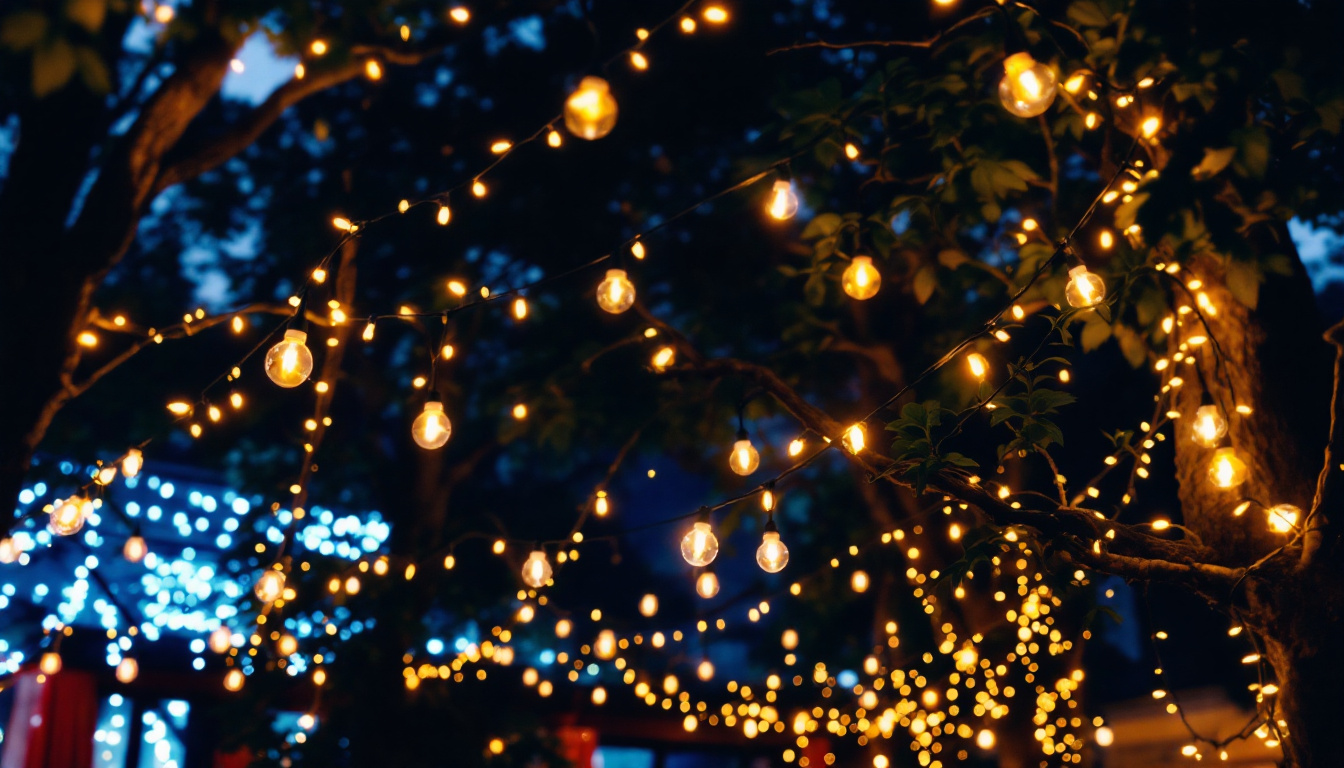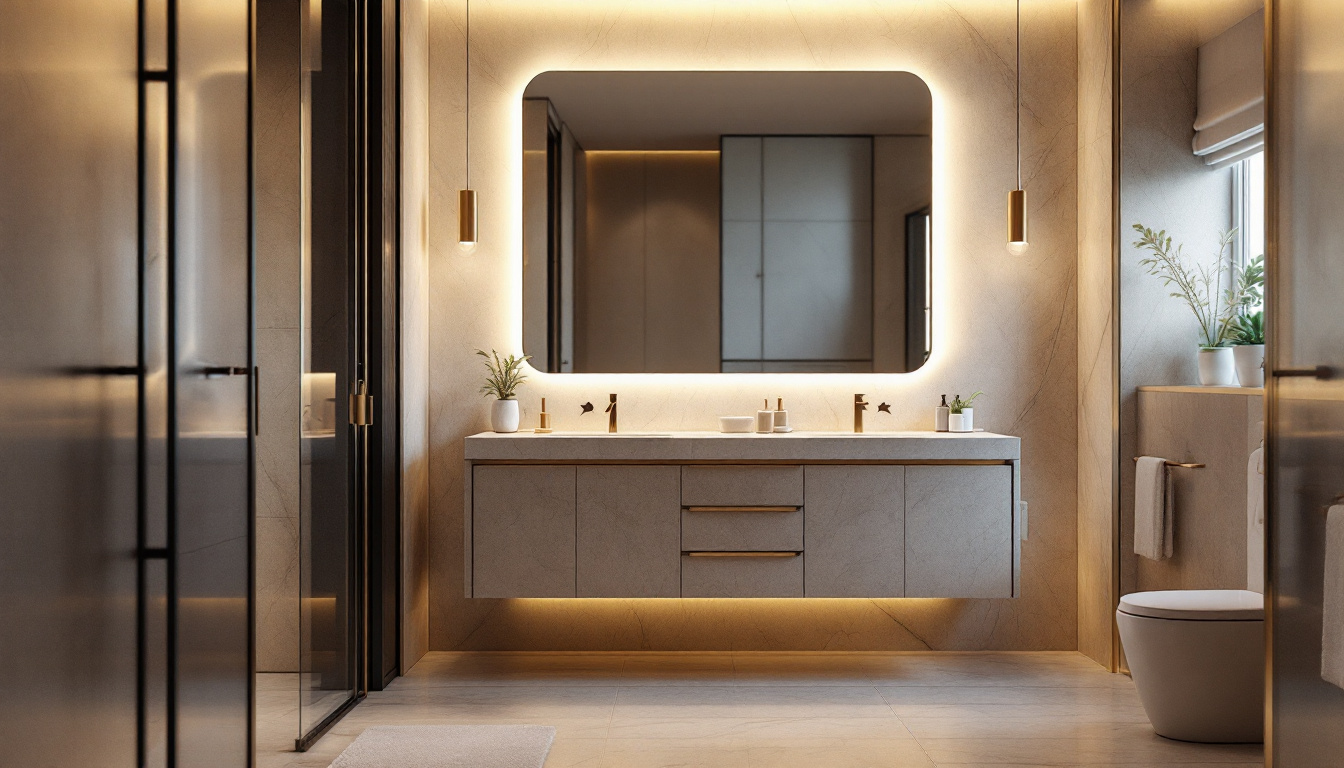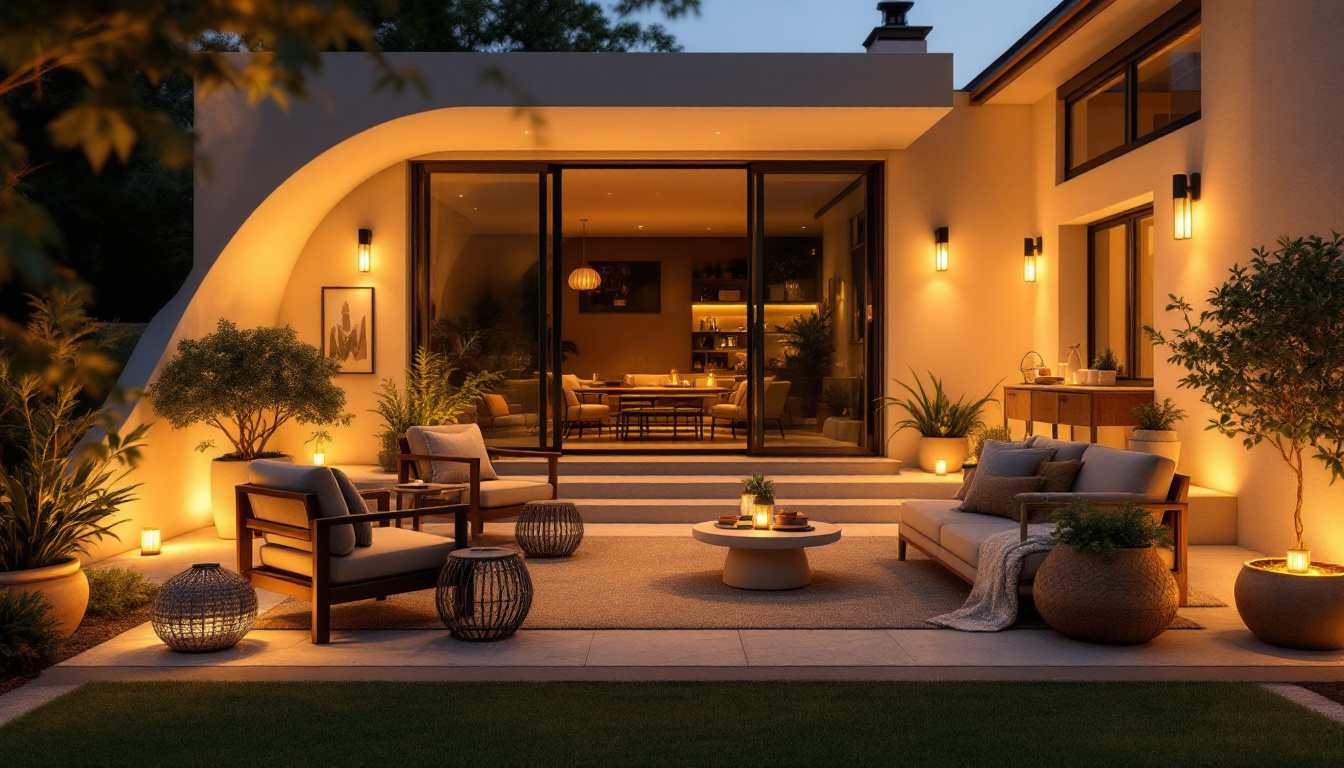

In the ever-evolving world of electrical installations, lighting contractors play a pivotal role in ensuring that homes and businesses are not only illuminated but also safe and energy-efficient. Among the various components that contribute to a successful lighting project, the appliance plug stands out as a crucial element. This article delves into best practices for lighting contractors regarding appliance plugs, covering installation techniques, safety measures, and energy efficiency considerations.
Appliance plugs are essential components that connect lighting fixtures and appliances to the electrical supply. They come in various types and configurations, each designed for specific applications. Understanding the different types of plugs and their uses is vital for lighting contractors to ensure compatibility and safety in their installations.
There are several types of appliance plugs, including standard plugs, locking plugs, and twist-lock plugs. Standard plugs are commonly used for general lighting applications, while locking plugs are preferred in environments where a secure connection is necessary, such as outdoor settings or industrial applications. Twist-lock plugs provide an additional layer of security, preventing accidental disconnection.
Each type of plug has its own specifications and ratings, which must be adhered to in order to ensure proper function and safety. Familiarity with these variations allows lighting contractors to make informed decisions when selecting plugs for specific projects. Additionally, plugs are often rated by their amperage and voltage, which is crucial for determining their suitability for different appliances. For example, a plug rated for 15 amps may not be appropriate for a device that requires 20 amps, leading to potential overheating or failure.
When selecting appliance plugs, compatibility with lighting fixtures is paramount. Different fixtures may require specific plug types based on their power requirements and design. For instance, LED fixtures may have lower wattage requirements compared to traditional incandescent bulbs, necessitating the use of different plugs. Ensuring that the plug matches the fixture not only enhances performance but also reduces the risk of electrical hazards.
Moreover, the physical design of the plug can also influence compatibility. Some fixtures may have unique configurations that require specialized plugs, such as those used in theatrical lighting or stage productions. In these cases, understanding the specific electrical and mechanical requirements is essential for achieving optimal performance. Additionally, the environment in which the fixtures will be used can dictate the choice of plug; for example, moisture-resistant plugs are crucial for outdoor installations to prevent corrosion and ensure longevity. By considering both the electrical specifications and the environmental factors, contractors can make better choices that enhance safety and efficiency in their lighting projects.
Proper installation of appliance plugs is crucial for ensuring the safety and efficiency of lighting systems. Following best practices during installation can help prevent common issues such as loose connections, overheating, and electrical failures.
Before beginning the installation, it is essential to prepare the site adequately. This includes ensuring that the work area is clean and free from debris, which can interfere with the installation process. Additionally, verifying that the electrical supply is turned off is a critical safety measure that should never be overlooked.
Contractors should also assess the existing wiring and infrastructure to ensure that it meets local codes and regulations. This may involve checking for any signs of wear or damage that could affect the installation. A thorough site assessment lays the groundwork for a successful installation. Furthermore, it is advisable to create a checklist of all necessary tools and materials before starting the project. This proactive approach minimizes interruptions and helps maintain workflow efficiency. Consideration should also be given to the environmental conditions; for example, if the installation is taking place in a damp area, additional precautions may be needed to protect the electrical components from moisture.
Wiring techniques play a significant role in the overall performance of appliance plugs. Contractors should utilize proper wiring methods to ensure secure connections. This includes stripping wires to the appropriate length, twisting them securely, and using the correct connectors. Additionally, it is crucial to follow the manufacturer’s guidelines regarding wire gauge and plug specifications.
Using heat-shrink tubing or electrical tape can provide added protection against moisture and environmental factors, especially in outdoor installations. Ensuring that all connections are tight and secure will help prevent issues such as arcing, which can lead to electrical fires. Moreover, color-coding wires can enhance clarity and reduce the risk of errors during installation. This practice is particularly beneficial in complex systems where multiple connections are involved. By maintaining organized wiring, contractors can also simplify future maintenance or upgrades, making the entire system more user-friendly.
Once the installation is complete, testing and verification are essential steps that should not be overlooked. Utilizing a multimeter to check voltage and continuity can help identify any potential issues before the system is put into operation. Additionally, contractors should inspect all connections to ensure they are secure and free from damage.
Conducting a thorough inspection and testing phase not only enhances safety but also instills confidence in the quality of the installation. This practice can help contractors avoid callbacks and enhance their reputation for reliability. Beyond basic testing, it can be beneficial to simulate various operational scenarios to ensure that the system performs well under different conditions. For instance, testing the system under load can reveal how it handles real-world usage and can help identify any weaknesses that may not be apparent during initial checks. Documenting the results of these tests can also provide valuable insights for future projects and serve as a reference for maintenance or troubleshooting down the line.
Safety is a top priority for lighting contractors, and proper handling of appliance plugs is a critical aspect of ensuring a safe working environment. Understanding and implementing safety measures can prevent accidents and injuries on the job site.
Wearing appropriate personal protective equipment (PPE) is essential for lighting contractors. This includes safety glasses, gloves, and hard hats, which protect against potential hazards during installation. Additionally, contractors should ensure that their footwear is appropriate for the work environment, providing traction and protection against electrical hazards.
Contractors should also encourage their teams to be vigilant about safety practices, fostering a culture of safety on the job site. Regular safety briefings can help reinforce the importance of using PPE and following safety protocols.
Adhering to local electrical safety codes is a fundamental responsibility for lighting contractors. These codes are designed to protect both the contractor and the end user from electrical hazards. Familiarity with the National Electrical Code (NEC) and any local amendments is essential for ensuring compliance during installations.
Contractors should stay updated on any changes to electrical codes and regulations, as these can impact installation practices. Regular training sessions can help contractors and their teams remain informed about best practices and compliance requirements.
As the demand for energy-efficient lighting solutions continues to grow, lighting contractors must consider sustainability in their practices. The choice of appliance plugs can significantly impact energy consumption and overall system efficiency.
When selecting appliances and fixtures, contractors should prioritize energy-efficient options. LED lighting, for example, consumes significantly less energy compared to traditional incandescent bulbs, leading to reduced energy costs for clients. Additionally, many energy-efficient fixtures are designed to work seamlessly with specific types of appliance plugs, enhancing performance and longevity.
By promoting energy-efficient solutions, contractors not only contribute to environmental sustainability but also position themselves as forward-thinking professionals in the industry.
The integration of smart lighting systems is another avenue for enhancing energy efficiency. These systems allow users to control lighting remotely, set schedules, and adjust brightness levels, leading to reduced energy consumption. When installing smart lighting systems, contractors should ensure that the appliance plugs used are compatible with the technology.
Educating clients about the benefits of smart lighting can also lead to increased customer satisfaction and loyalty. By providing clients with energy-saving options, contractors can enhance their service offerings and differentiate themselves in a competitive market.
Lighting contractors often encounter challenges during the installation and maintenance of appliance plugs. Identifying these challenges and implementing effective solutions is crucial for ensuring successful project outcomes.
Loose connections are a common issue that can lead to flickering lights or complete failure of the lighting system. To address this, contractors should ensure that all connections are tightened securely during installation. Regular maintenance checks can also help identify and rectify any loose connections before they become problematic.
Utilizing locking or twist-lock plugs can provide added security, reducing the likelihood of disconnections over time. Educating clients about the importance of regular maintenance can also help prevent issues related to loose connections.
Overheating can occur due to various factors, including inadequate wiring, overloading circuits, or using incompatible plugs. To mitigate this risk, contractors should ensure that the plugs and fixtures used are rated for the appropriate wattage and voltage.
Implementing proper ventilation in enclosed spaces can also help prevent overheating. Contractors should educate clients on the signs of overheating and encourage them to report any issues promptly.
In summary, appliance plugs are a vital component of lighting installations that require careful consideration and best practices from lighting contractors. By understanding the types of plugs available, adhering to installation best practices, prioritizing safety, and promoting energy efficiency, contractors can enhance the quality of their work and ensure customer satisfaction.
As the industry continues to evolve, staying informed about new technologies and practices will be essential for lighting contractors. By embracing innovation and prioritizing safety and efficiency, contractors can position themselves as leaders in the field, ready to meet the demands of a changing market.
Ultimately, the successful integration of appliance plugs into lighting projects is a testament to the professionalism and expertise of lighting contractors. By following these best practices, contractors can ensure that their installations are not only functional but also safe, efficient, and sustainable.
Ready to elevate your lighting installations with the best products on the market? Look no further than LumenWholesale for all your lighting needs. Our extensive selection of spec-grade lighting products ensures that you have access to the highest quality appliance plugs and fixtures, all at unbeatable wholesale prices. Say goodbye to middleman markups and hello to superior lighting solutions that meet the highest industry standards. Plus, with free shipping on bulk orders, you can stock up on premium lighting without any hidden fees. Make your next project a shining example of efficiency, safety, and sustainability. Visit LumenWholesale now for Wholesale Lighting at the Best Value, and experience the difference quality and affordability can make.

Illuminate your projects with expert insights! Discover essential tips and considerations for lighting contractors working with outdoor string lights, from installation techniques to design trends, ensuring every space shines brilliantly..

Discover the essential insights lighting contractors need to know about vanity lights for bathrooms.

Discover the must-have lighting solutions for transforming outdoor patios into enchanting retreats.

Discover why purchasing network-controlled lighting in bulk from local distributors might not be your best choice.
Get notified when NEW deals are released.
Optimize your budget with wholesale discounts.
Only top-quality, specification-grade lighting products.
No additional costs at checkout - what you see is what you pay.
We understand the unique needs of contractors.